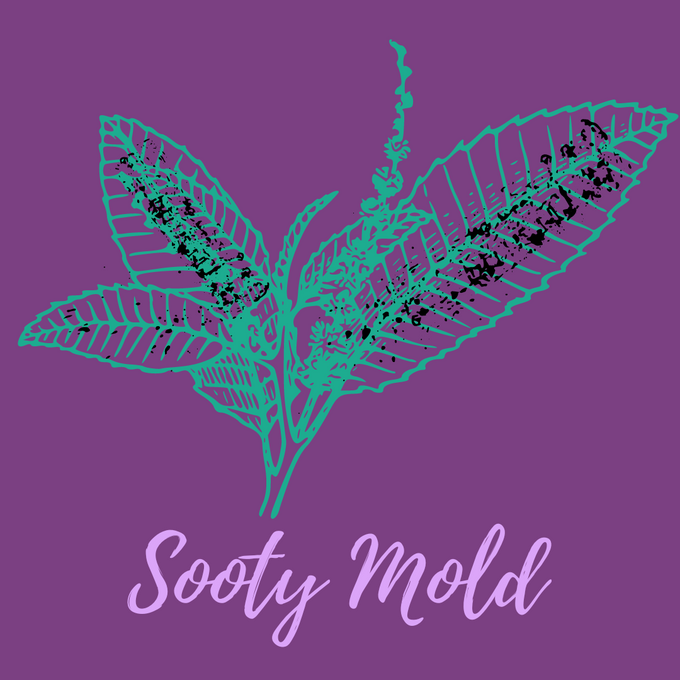
Sooty Mold on Orchids
Posted by Kamaile on Mar 21st 2023
Sooty mold is a collective term for different Ascomycete fungi that affects various plants including orchids. By itself, this black, soot-like coating on leaves is not a direct threat and does little if any harm to the plant. The fungus itself merely blocks sunlight, and very rarely may stunt a plant's growth and cause foliage to yellow.
Sooty mold is primarily a cosmetic problem in most gardens and plant collections.

Treatment is necessary when the mold is combined with insect infestation.
An infestation of aphids or other sucking insects, will cause the plant stress and speed up growth as these insects secrete a sticky substance called honeydew, which provides a substrate for the sooty mold fungi to grow on.
To control sooty mold, it is important to address the underlying issue, and if there is an indication of pests, removing the insects or applying an appropriate insecticide may be necessary. In most situations that is not the case but here are the steps you can take to treat sooty mold on orchids:
- Gently wash the plant. Use a soft cloth to gently scrub the plant, including the underside of the leaves, to remove as much of the sooty mold as possible. The simplest form of non-chemical control is lukewarm water and mild soap, insecticidal soap or dish soap, one tablespoon per gallon of water; strong soaps or detergents may damage the plant. Be careful not to damage the plant or expose it to extreme changes in temperature or light while it is being washed.
- Keep the orchid in a well-ventilated area. Good air circulation can help prevent the growth of sooty mold.
- Monitor the orchid regularly. Regularly inspecting your orchid for signs of insect infestations such as aphids, scales, or whiteflies on the infected plant. Sooty mold can help you catch and address problems early on, before they become too severe.
- Avoid using strong chemicals or fungicides. Orchids are sensitive to chemicals and can be easily damaged by them.
Chemical control of sooty mold itself is not necessary. If sap-sucking pests are responsible for the honeydew on which the mold is growing, there are various options:
Using formulations of neem oil, an organic broad spectrum pesticide, insecticide, fungicide and miticide controls mites and insects such as whitefly, aphid, scale, and mealy bugs, and additional fungus diseases like black spot, rust, mildew, and scab. Neem oil is biodegradable and has not been shown to be toxic to mammals, birds, bees, earthworms, or beneficial insects.
We also created a video where we show you how to clean off the sooty mold from your plants. Check it out!!
